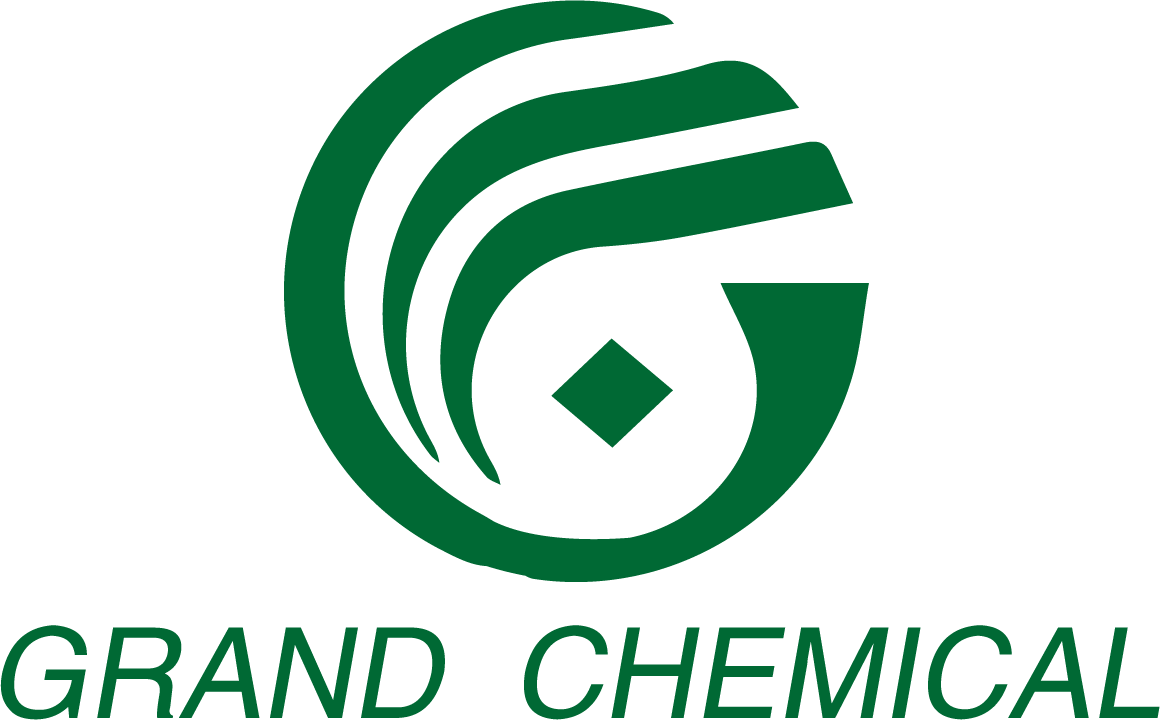As aesthetic standards rise across industries, the demand for bright, high-whiteness products has increased significantly. Whether in white plastics, coatings, inks, films, or everyday consumer goods, manufacturers commonly use additives to enhance whiteness and appearance. Among these additives, optical brighteners and titanium dioxide are the two most widely used.
However, many people mistakenly assume that titanium dioxide and optical brighteners perform the same function. In reality, they differ significantly in their whitening mechanisms, application methods, dosage, and final visual effects. Below, we break down the essential differences between these two whitening agents.
1. Whitening Principle of Optical Brighteners
Optical brighteners—also called fluorescent whitening agents—whiten materials through an optical fluorescence mechanism, rather than by adding white pigment.
How they work:
- They absorb invisible ultraviolet (UV) light from the environment.
- They re-emit this energy as blue or blue-violet visible fluorescence.
- This added blue light neutralizes the natural yellowish tone of substrates.
- The final visual result is a cleaner, brighter, more luminous white.
This is known as optical whitening or fluorescent whitening. Even when the material is already white, optical brighteners can enhance whiteness levels and impart a distinct “glow” or “brightness” that pigments alone cannot achieve.
2. Whitening Principle of Titanium Dioxide
Titanium dioxide (TiO₂) is the most widely used white pigment in plastics, inks, coatings, and masterbatches. It whitens materials through pigmentary hiding power, not optical fluorescence.
Key performance characteristics:
- Strong opacity and UV shielding
- Excellent heat resistance and weatherability
- Acts as a reinforcing filler, improving mechanical properties
- Provides base whiteness and coverage
However, titanium dioxide has a limitation:
Once the material reaches its maximum pigment whiteness, adding more TiO₂ cannot increase brightness further. At this saturation point, the product may still appear slightly dull or yellowish—especially when using recycled materials or low-purity polymers.
3. Why Manufacturers Use Both Together
Although optical brighteners and titanium dioxide work through different mechanisms, they are often used in combination for optimal whitening.
Typical usage amounts:
- Titanium dioxide: ~5 kg per ton (or more depending on formulation)
- Optical brightener: ~0.01–0.05% (very small dosage)
Combined benefits:
| Additive | Main Function | Effect |
|---|---|---|
| Titanium dioxide | Provides white base color + opacity | White but can appear “flat” or slightly yellowish |
| Optical brightener | Converts UV → blue fluorescence | Adds whiteness, brightness, and anti-yellowing effect |
Together, they create high whiteness, brightness, and visual clarity—a result neither can achieve alone.
4. Key Differences at a Glance
| Feature | Optical Brighteners | Titanium Dioxide |
|---|---|---|
| Whitening Mechanism | Optical fluorescence (UV → blue light) | Pigment opacity (white coverage) |
| Dosage | Very low (0.01–0.05%) | High (1–5% or more) |
| Function | Increase brightness, reduce yellowing, boost whiteness | Provide base white color, improve opacity |
| Whiteness Effect | Bright white, glowing, bluish tone | Solid white, but can appear dull |
| Can Increase Whiteness Beyond Tinting Limit? | Yes | No |
| Common Deficiency | Must be compatible with substrate | Cannot brighten after saturation |
5. Conclusion
Optical brighteners and titanium dioxide are not interchangeable.
They serve different whitening functions, and most high-quality white plastics, coatings, and inks rely on both to achieve ideal whiteness and visual appeal.
- Titanium dioxide gives coverage and baseline whiteness.
- Optical brighteners give brightness, anti-yellowing, and a vivid, clean white appearance.
For manufacturers pursuing superior aesthetics, combining TiO₂ with the right type of optical brightener is the most effective approach.

